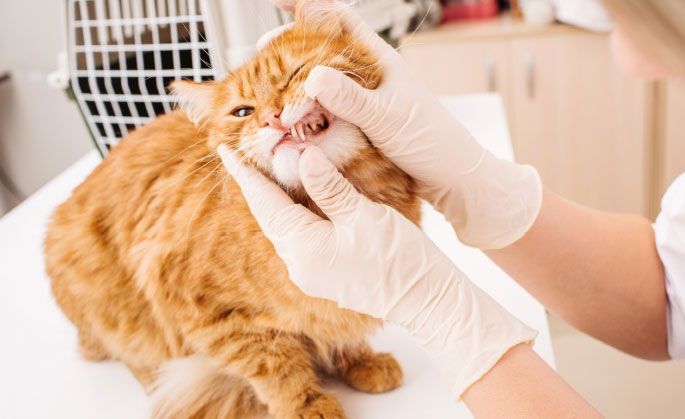Heartworm
Heartworm disease is a serious and potentially fatal disease seen in all mainland states of Australia. Dogs are more susceptible to heartworm infestation than cats, and heartworm disease also tends to be more severe in dogs. Adult worms live within the heart and large blood vessels where they can grow to more than 30 cm in length. Heartworm larvae, more commonly called microfilariae, can also be found circulating in an infected dog’s blood.

How is heartworm in dogs spread?
Heartworms are transmitted from one dog to another by mosquitoes, which pick up the tiny microfilariae when they bite an infected dog. The microfilariae develop in the mosquito and are transmitted when the infected mosquito bites another dog. The heartworm larvae then migrate through the dog’s tissues and circulatory system, eventually reaching the heart and lungs where they grow into adult heartworms.
Why is heartworm disease dangerous?
Heartworm may cause no clinical signs in the early stages of infestation, but as the worms grow and mature, they can interfere with the normal circulation of blood. This can result in signs of heart failure, and in some cases may lead to sudden death.
Thankfully, heartworm is very easy to prevent and should form part of your pet health care routine.
If your pet has not been on heartworm prevention we strongly recommend you speak to us about a heartworm test prior to starting a prevention program.











